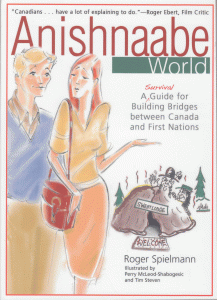Module 2
1.This is an interesting site which shows the importance of indigenous knowledge in our society.
Below is an excerpt from the site
“What is Indigenous Knowledge (IK)?
Indigenous Knowledge (IK) is generally understood as knowledge which is unique to a given culture, society or community and which is deeply rooted in cultural traditions, values and belief systems. Indigenous knowledge is a complex system of knowledge which draws on hundreds of years of wisdom and experience. These knowledge systems are dynamic, changing with the addition of new information. Because it is based on experience, each culture, society or community will have a system of knowledge that is distinct from all others. The transmission of this knowledge from generation to generation can be through the use of traditions such as songs, stories, dreams and legends. Ecological methods, crafts, songs, foods, medicines, art, dance and music are all drawn from Indigenous knowledge”
http://socserv.socsci.mcmaster.ca/ihrktn/knowledge.htm. (Retrieved, November 7, 2012)
2.This site is about Indigenous Knowledge exchange. The site gives an overview of the program and the various topics that will be covered in the programs.
http://www.ipy2012montreal.ca/program/indigenous.php
3. This site informs us of the link between Indigenous knowledge and society.
The site entitled; The role of the participatory web for indigenous knowledge, gives information on Indigenous Knowledge and Social media, IK and Technology, etc.
http://www.web2fordev.net/home/1-latest-news/88-the-role-of-the-participatory-web-for-indigenous-knowledge (Retrieved November 7, 2012).
4. In my research I found this very interesting site, owned by 100% aboriginals who are using technology to enhance education in the community among youths, women, and the elders. Invert media is an interactive web based program. The site has links to short films of a variety of work done by the group especially among the aboriginal youths in the communities. Below is a quote from the site
“Invert Media’s work is based on respect for indigenous knowledge. Cultural and community sources of knowledge are recognized and meaningfully engaged. Great care is taken to ensure that Indigenous knowledge frameworks are not watered down or compromised”
http://www.invertmedia.com/about-us.html (Retrieved, November 7, 2012).
5. This is a UNESCO site which shows how technology is used to preserve cultural traditions, languages, etc. The site is entitled Reinforcing the transmission of Mayangna culture, knowledge and language.
